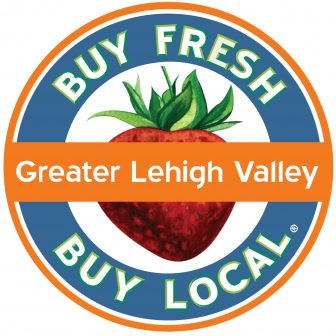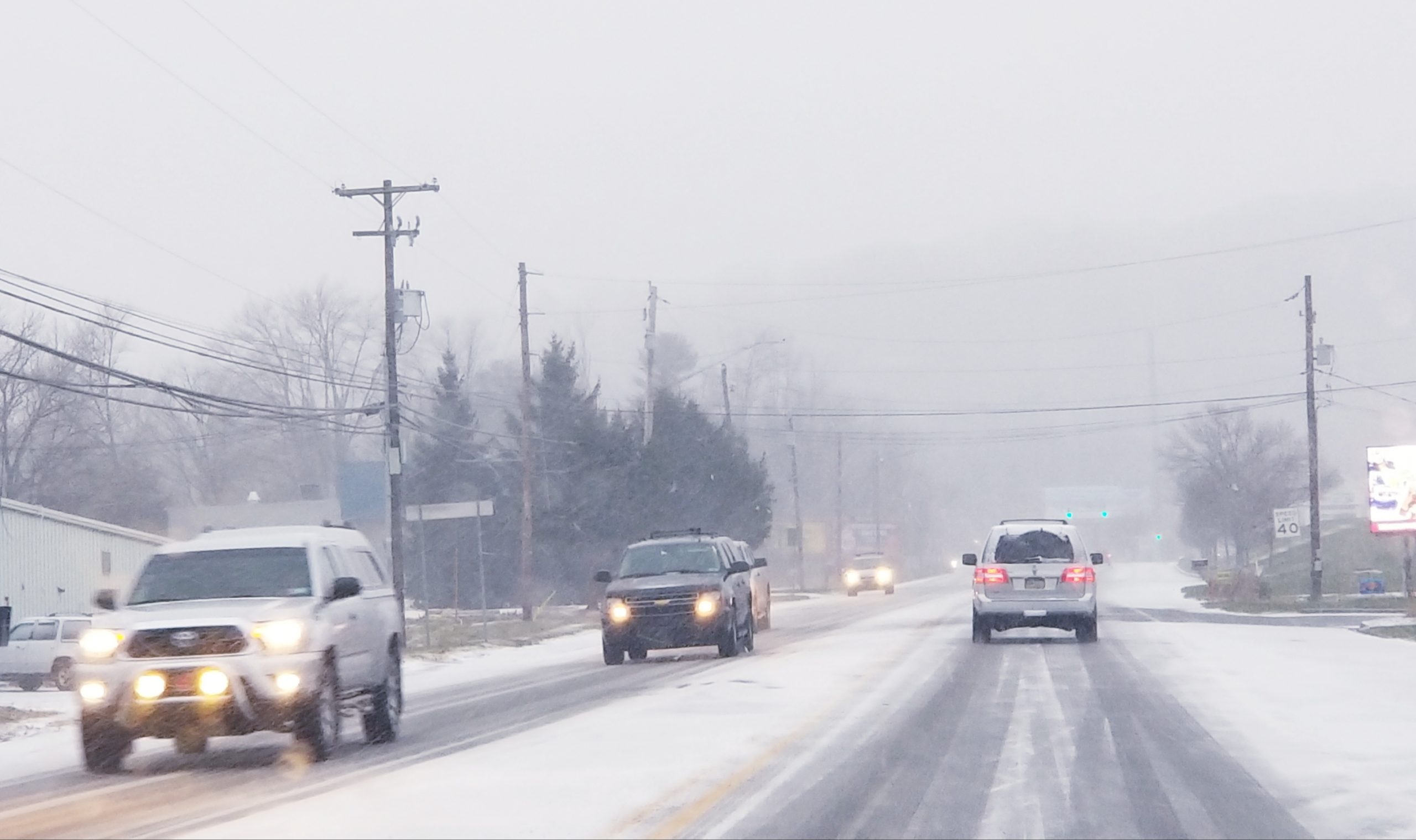Lehigh Valley residents are no strangers to the expansive farmland, weekly farmers’ markets and roadside produce stands that line the roads they travel every day, but how many can say they buy locally-produced food on even a weekly basis?

Buy Fresh Buy Local of the Greater Lehigh Valley aims to increase access to local food, while educating the community about its benefits. Of the $3.5 billion that Lehigh Valley residents spend on food annually, less than one percent is spent on food purchased directly from a local farmer.
Buy Fresh Buy Local of the Greater Lehigh Valley (BFBLGLV), a program of Easton’s Nurture Nature Center, has set out to address this issue by increasing access to locally-produced food, while educating the community about the benefits of buying local.
Buy Fresh Buy Local chapters throughout the country are dedicated to the same mission.
Allison Czapp, Director of BFBLGLV, says increasing access to locally-harvested produce and other food means improving what her organization defines as our local food economy.
“When we look at things like where people are spending their food dollars, by and large, they’re going to large grocery stores that are importing food most of the time, and so those dollars are leaving our community,” Czapp said. “What we’re trying to do is keep those dollars local to support farmers in the Lehigh Valley and the communities that they’re serving.”
One way BFBLGLV educates the community about the local food system is with their Local Foods Guide.
Published every other year, the guide includes everything from a local foods glossary and a list of seven ways to buy locally grown food, to a comprehensive list containing information about farmers’ markets, retail stores, farms, restaurants, community-supported agriculture (CSA) programs and vineyards that sell locally-produced food and drink.
The organization’s Food Finder tool on their website features an interactive map that contains all the vendors of locally-produced food, and presents that information in a way that demonstrates how plentiful local food is.
“When people think about local food they think there’s only one farmers’ market once a week, but when you really look at ‘what are the food resources around my home?’, it’s abundant,” Czapp said.
Earlier this month, the organization launched an online game designed to help the community learn more about the local food system. BFBLGLV began development of the game in response to concern among people during the pandemic about where they were going to get their food.
“We just saw these horrific supply chain issues with the industrial food system that clearly was not built in such a way to respond to the challenges we saw in the pandemic,” Czapp said. “So we saw this influx of new people into the local food system, but one of the challenges was that they weren’t super familiar with seasonality, or where they could go to get the local food or some of the other benefits associated with eating and buying local.”
The game is meant to be fun and informative, but Czapp said its players can also enjoy real-life perks.
“You’ll complete these missions for points, which can be redeemed for raffle tickets in sort of an online auction,” she said.
Drawings for smaller prizes, such as products from local farms and markets, will be held weekly. Czapp said there will occasionally be drawings containing larger prizes, like an overnight getaway at the Glasbern Inn, a CSA membership giveaway and master kits for fermentation or canning.
New players will be entered into the weekly prize drawing just for signing up.
Another major focus of BFBLGLV is serving as a companion organization to the 10 producer-only farmers’ markets in the area. To achieve producer-only status, a market must consist only of farmers who actually grow food that they sell directly to consumers.
“We’re finishing up a large federal grant this year that allowed us to give money to the markets for their own advertising efforts,” Czapp said. “We also do data collection at the markets and try to look at long-term trends about customer demographics and shopping habits.”
The Saucon Valley Farmers’ Market is a producer-only market, and Czapp said BFBLGLV has aided the market with their social media promotion this season.
The organization also has a Fresh Food Bucks program, which aims to help lower income residents consume more local produce. Anyone who purchases food with an EBT/ACCESS card from a participating location can receive a dollar-for-dollar matching voucher to be put towards local produce (up to $10 daily).
The Fresh Food Bucks program has its own website, which contains more information about how the program works, as well as a list of participating locations.
The Buy Fresh Buy Local website is filled with information and resources to help visitors learn more about the local food system, such as a Lehigh Valley Harvest Calendar, a list of local producer-only farmers’ markets, their Fresh Food Access Plan and much more.
Be sure to also follow BFBLGLV on Facebook and Instagram, and sign up for their newsletter to receive updates on the organization’s many initiatives.







